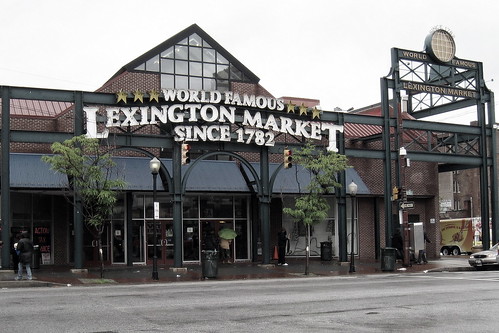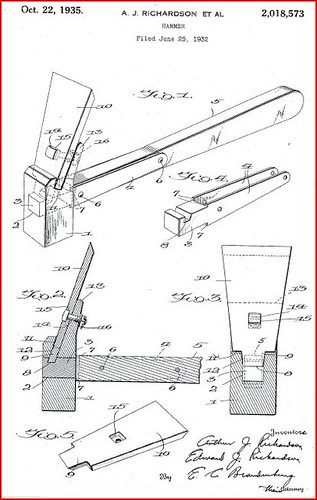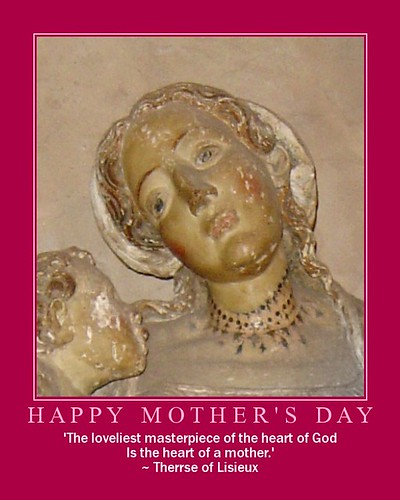 |
| Arthur Edward Richardson |
He enlisted in the United States Marine Corps on 7 November 1961, as a Private, and served for four years, including a one year tour overseas, during the Vietnam War. He was honorably discharged as a Lance Corporal (E-3) on 13 May 1966. He was awarded the Armed Forces Expeditionary Medal and the National Defense Service Medal.
He was married to Donna Darlene Schmidt (divorced) of Maryland by whom he had one son, Arthur Edward Richardson, Junior (Richie). Arthur worked as an oysterman, guard, and brickmason. At the time of his final illness, he was living at Lexington Health & Rehabilitation Center, 6300 46th Avenue North, Saint Petersburg. He is survived by his son Richie of Pelion, South Carolina and his three siblings, Edna Barney of Springfield, Virginia, Vickie Lynn Egerton of Parkville, Maryland and Ted Roy Richardson of Fernandina Beach, Florida.
On 13 March 2017, he was buried with military honors at Jacksonville National Cemetery, Jacksonville, Florida, with services provided by Oxley-Heard Funeral Home, Inc., Fernandina Beach, Florida. His remains are interred at Section 11, Grave 1799.
Eulogy for Arthur Edward Richardson
Arthur Edward Richardson, was born on May 2, 1943 and died on March 5, 2017 at the age of 73. I did not know Arthur, but God put in my path his brother Ted, who respected and wanted to have God's word spoken here today along with his sisters, Vickie and Edna. Arthur followed in the footstep of those who had come before him and was a brick and stone mason, and if his work was half as good as his brother's he could take great pride in all that he did. Because when brick and stone work is done well it is meant to last long past the mason's own lifetime.
Speaking of masonry, Ted, when you were asked to put in the footings and a foundation here at the National Cemetery you had no idea that the monument that was to be placed on it was for the Marines who fought valiantly for their country and that it would be such a connection for you now that your brother will be buried here. Some could say that is a God thing when a connection like that happens and it will stand as a double meaning for your family.
Everyone has those what might be called comfort foods and Arthur had a couple favorites ... Utz potato chips and Pepsi which he called his juice. When
you told me he had a favorite potato chip I was reminded of friends who came from Chicago, and they always had to bring back with them the local chips that they had grown up with. And of course, we know there are some people who are Coca Cola people and then there are the Pepsi people and Arthur was a Pepsi person or as he called it his juice. Life can be simple if you have the right bag of chips to snack on and your Pepsi to wash it down with.
Ted something else you told me about your brother, was the one story he shared with you about his time in Viet Nam. You may not have thought of it this way but that was a holy time, a sacred time that you had with him, as he shared that scared story of his life with you.
As I picked the lessons for today, it was with that story in mind. I thought about what he had experienced that day he told you about. Being surrounded by the enemy, not only having to kill to save his life while attempting to save the lives of those he cared about who were by his side, yet at the same time witnessing the death of too many of his friends. That day he was not just walking in the valley of the shadow of death he was very much deep down in that valley. To come out of that valley is not easy and I have had more than one man who has been there ask if God can forgive them for what they had to do in that valley.
All I can say to them, is that they have made their confession and they have a God, who loves them so much that he forgives them and they have been absolved through Jesus Christ. Yet, the memories of moments like that do not go away easily and he along with many other warriors, are running a race to get away from those memories. Arthur has now finished the race and those
days are behind him forever.
No, I did not know Arthur, but I have known many men who served their country and came back to work through the demons of war and as age catches up with them are blessed to find a place where they feel safe and are being treated well.
Yes, last Sunday, Arthur took his last breath and entered the place that Jesus had gone to prepare for him. The place where there is no more war, where the pain of this side of eternity is gone forever, and where Jesus our Savior, who is the way, the truth and the life, met him face to face greeting Arthur, with welcome home good and faithful servant.
Let us Pray: Lord, you walk with us through all that life on this side of eternity confronts us with, even in the valley in the shadow of death. We give thanks for the peace that you give as we grieve, and that we walk in the promise of eternal life with you through your Son Jesus Christ. Now, as we go from this cemetery that honors the men and women who served bravely for their country let your peace go with us. Rest in peace Lance Corporal Arthur Edward Richardson. Amen.










